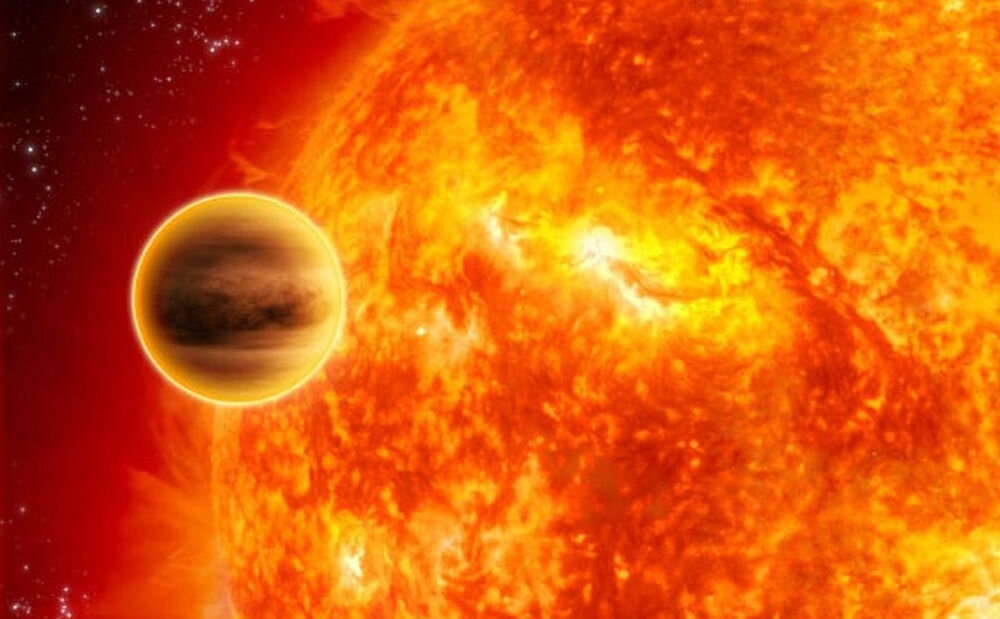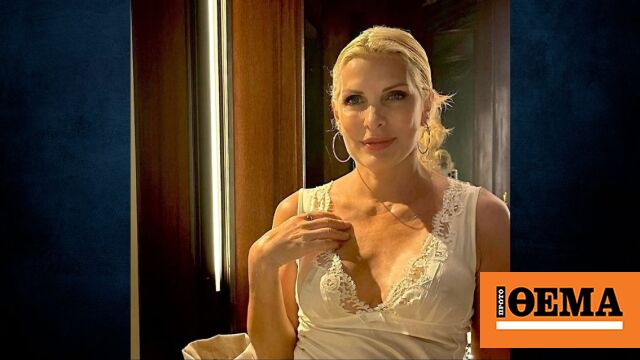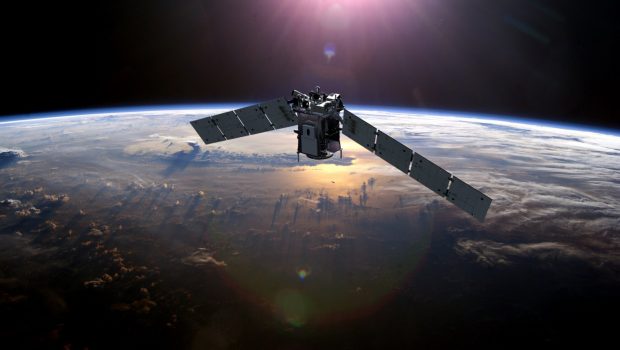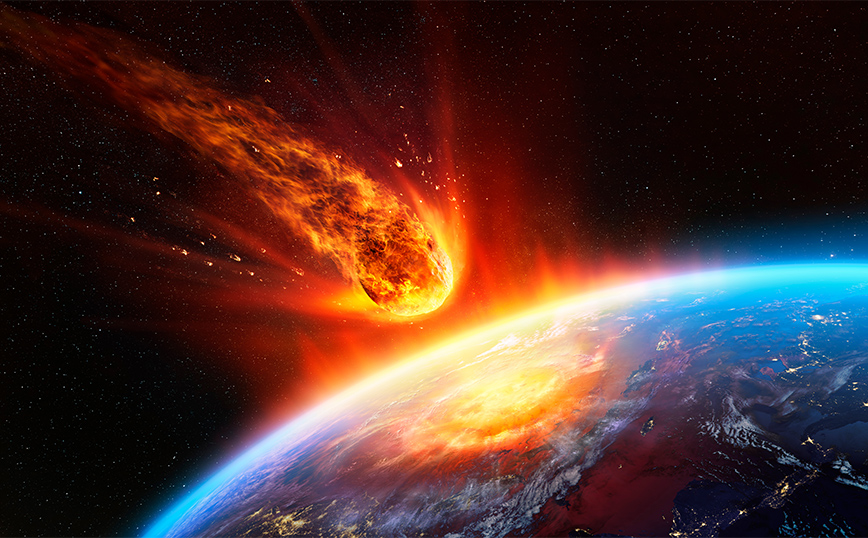
As it turns out, we're lucky that Earth has continued to orbit its parent star for 4.6 billion years.
Other planets are not so lucky.
An international study revealed that one in every 12 stars in the Milky Way Galaxy has swallowed at least one of its planets.
It's the result of the prevailing view about the stability of planetary systems being upended, a finding that surprised even the authors of their study:
“Astronomers used to think that this kind of event was impossible,” he commented. press releaseYuan-Shen Ting from the Australian National University is a member of the international team that researched the journal nature.
Until now, astronomers believe that such cases of infanticide only occur as medium-sized stars approach the end of their lives, at which point they swell and turn into red giants.
In about 5 billion years the same thing will happen to the Sun, which will acquire such gigantic proportions that it will engulf Mercury, Venus, and perhaps Earth as well.
An artist's rendering of a rocky planet disintegrating as it approaches its parent star (Source: Openverse)
But the stars examined in the latest study are still in their prime, with some only a billion years old.
The researchers used space-based and ground-based telescopes to look at pairs of stars that were born from the same hydrogen cloud and therefore must have the same chemical composition. In some pairs, the two stars orbited each other, but in most cases they traveled independently through space.
Observations showed that the spectral signature of stars was not always as expected: in 8% of cases, one of the two stars showed an increase in the content of metals such as iron, nickel and titanium.
Researchers say that these elements most likely came from planets that fell into the star and were absorbed.
A less likely explanation is that the stars did not swallow the mature planets, but rather the rocks and dust from which the planets later formed. However, the secular infanticide scenario is more prevalent.
In fact, it cannot be ruled out that the actual rate of child-killing stars could be higher, because the ingestion of large gaseous planets, such as our own Jupiter or Saturn, would not leave traces in the chemical composition of the killer.
“Thanks to this high-resolution analysis, we can detect chemical differences between the stars in each pair. This provides strong evidence that one of the stars has changed its composition by ingesting planets or planetary material,” said team member Fan Liu from Monas University in Australia.
However, the results raise questions about the theory that mature planetary systems are usually stable.
However, the study does not examine the mechanism by which the planet could fall into its parent star.
This could theoretically happen when a planet's orbit is disturbed by the gravity of other planets or passing stars.

“Avid problem solver. Extreme social media junkie. Beer buff. Coffee guru. Internet geek. Travel ninja.”





More Stories
NASA: Received a laser message from deep space for the first time
PS Plus: 'Fire' in May – see free PS4 and PS5 games
Apple announced the new Beats headphones for iPhone and Android at an attractive price!